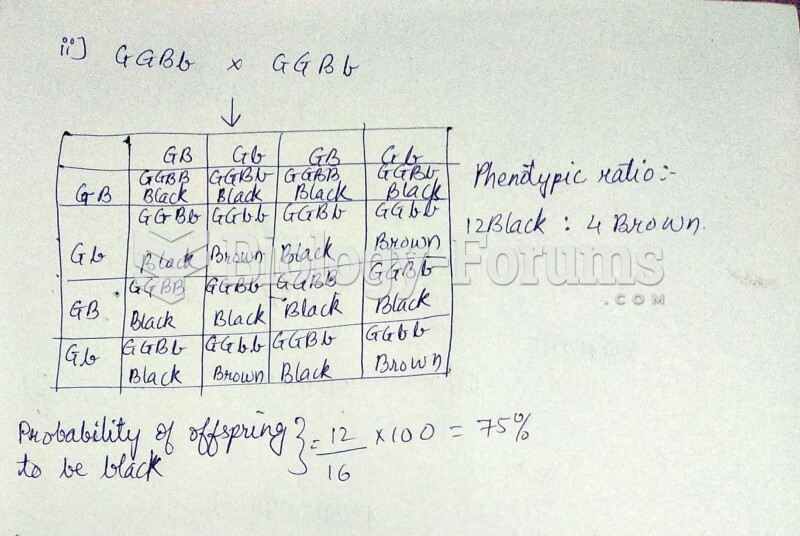Answer to Question 1
Answer: B, C, D, E
Supportive relationships build and sustain courage, helping families make the best of their difficult lives. There are four main types of support when working through trying situations: professional, friend, family, and spiritual. Professional support may come from any one or a number of professionals in the community who exhibit a nonblaming and respectful attitude toward families, and who provide information on how to respond to symptoms and help in locating community resources, such as housing or vocational training. Friend support comes from nonfamily members, such as close friends and coworkers. Friend support is most valued when the concern is genuine and stigma is minimized. Family support often comes in the form of tangible assistance, such as respite care for family members and physical presence in times of crisis. Many families find emotional strength from their religious faith. They find spiritual support as they search for meaning through relationships and feeling connected with others. Financial is not an identified type of support for families in this situation.
Answer to Question 2
Answer: A, B
Clients at the end of life may experience confusion as the result of infection, electrolyte abnormalities, medications, illness progression, and pain, as well as from many other causes. During periods of altered consciousness, the client may begin rambling or acting contrary to normal behaviors; concentration is also poor during these periods. Nausea and dry mouth indicate dehydration. Shortness of breath indicates difficulty in breathing that is associated with end of life.







